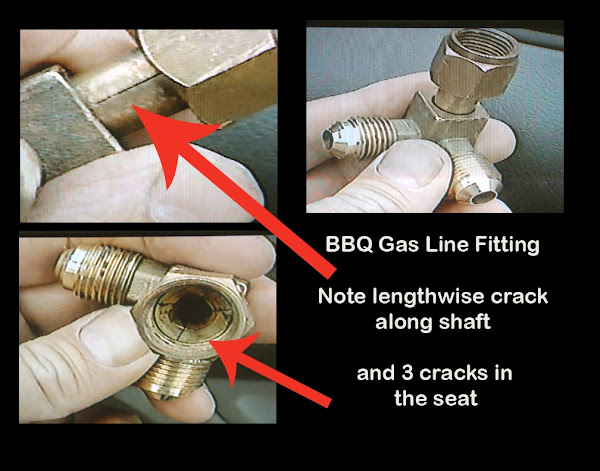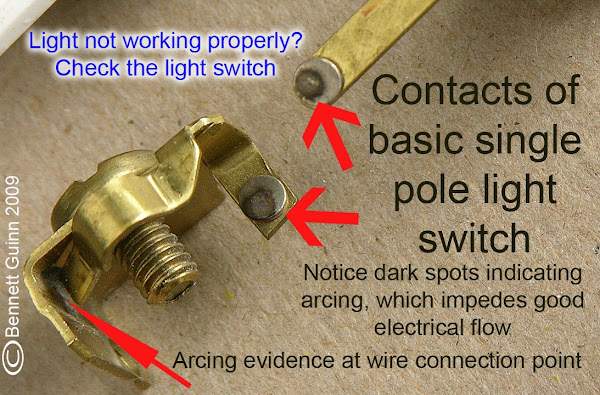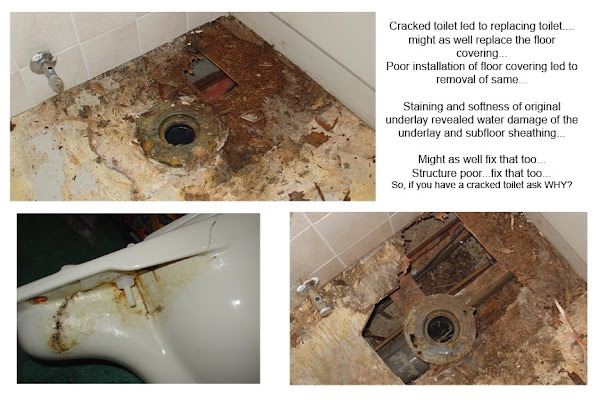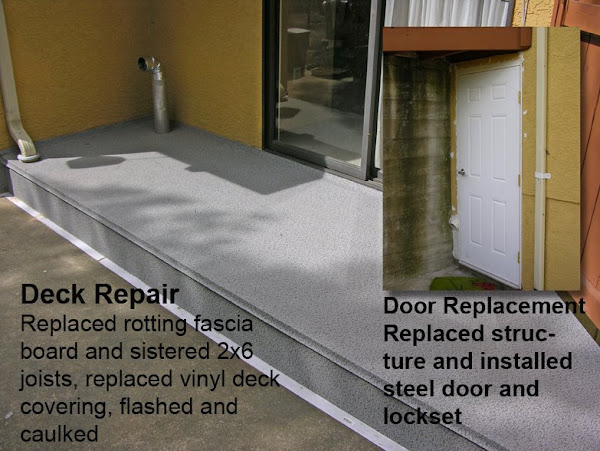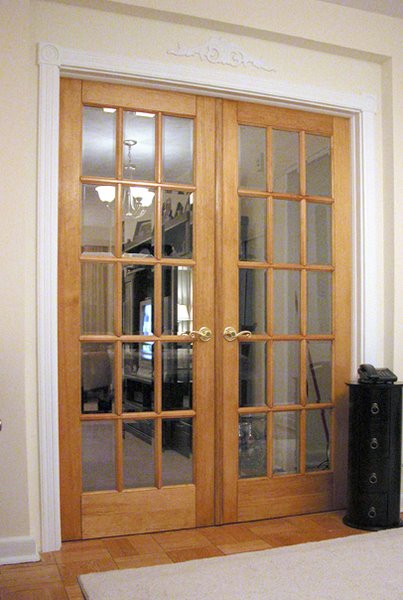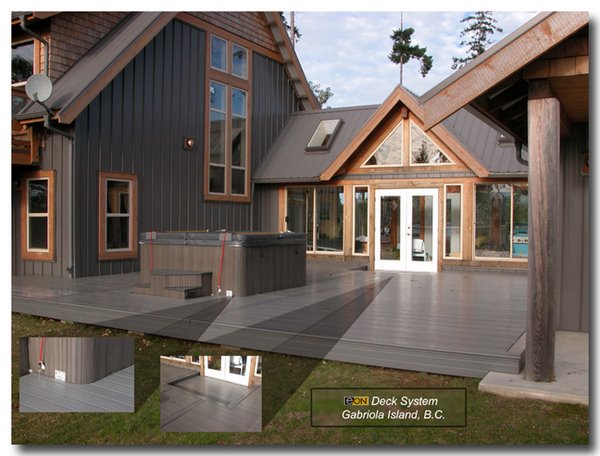I am a fixer by nature.
When I see something in need of repair, I usually will attempt to get it functional. Case in point: Vacuums. Many people simply throw out these appliances due to simple issues such as a broken belt or being simply clogged.
When it comes to more complex issues, repairs can be a challenge. Recently I acquired a rug shampooer. It needed a new belt. Easy fix. However, the accessory attachment was broken.
Plastic piece gone. I could have purchased a replacement on eBay but the cost was prohibitive.
I can fix it!
With my experience using fiberglass and Bondo on my various cars over the years, I have become good at using these materials. Such was the case with the shampooer part.
I first had to find a piece of plastic suitable for the purpose. I happen to also be a bit of a hoarder of usable things. I had a piece of clear plastic from a car dash panel. I cut a piece to fit the part and used fiberglass to attach to the part. I finished it with Bondo (an automotive plastic body repair material) then painted it.
Almost as good as new! Yet, if I were hired to repair this it probably wouldn't be economical.
I believe in repairing rather than throwing out. It's green and I get satisfaction knowing something gets a new lease on life.
So, if your vacuum has an issue, don't give up on it. There are good videos on YOUTUBE to learn how to fix it. A belt usually costs less than $20.




